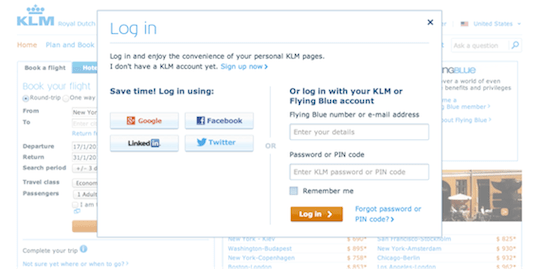UPDATE: The addition of this capability has "broken" the optimization aspect of HootSuite's AutoSchedule. Instead of scheduling posts at the optimum time for your profiles, posts are being scheduled at 9am, 12pm, 3pm and 6pm. HootSuite is aware of the issue and is working on a resolution.
One of the great features of HootSuite is the capability to schedule posts. Whether you're choosing a specific date and time, or uploading a spreadsheet full of posts, it's definitely a time-saving aspect that many of us use daily.
Even more useful is the AutoSchedule button.
With AutoSchedule, you can create a post, select one or more social profiles, and let HootSuite determine the best time to share that update. I use this scheduling option all the time because HootSuite not only finds the best time to share, but also automatically spaces out shares to different social networks so you're not spamming all your accounts simultaneously.
Up until now, the only drawback was that we had little to no control over how these posts were scheduled. While we can see scheduled posts in the Publisher and edit them, it was still up to HootSuite when each post is scheduled.
But what if you could set a daily frequency for your posts?
HootSuite has added a Buffer-like option to set which days of the week you want to share AutoScheduled posts, and how many times per day.
This is a fantastic option for businesses!
You can decide in advance which days you want to share posts and how many per day, and then AutoSchedule as many posts as you like to fill up your queue as far in advance as you want.
How to Edit HootSuite AutoSchedule Settings
To get to these settings, open your HootSuite dashboard and click on the Compose dialogue box, then click on the scheduling icon.
Here, you can turn AutoSchedule on or off, and to the left of the toggle is a gear icon to access settings.
-insert-
You can also get to the AutoSchedule settings by going through the Settings icon in the left sidebar and clicking on AutoSchedule.
Once you're in the AutoSchedule settings, you have two sets of controls.
First, you can set how many times a day you want to be able to schedule posts, and during what hours of the day. The default is 5 posts per day between 8 AM and 7 PM (your timezone). So if you want to be able to queue up 10 posts a day from 7 AM until 11PM, just adjust these settings accordingly.
Second, you can detemine which days of the week you want to post on, and simply disable any day you don't want this activity on. For most people, the obvious choices would be to disable sharing on Saturday or Sunday, but I would caution you against doing that. Statistics have indicated that tweets can actally get more engagement on the weekend, so don't be shy about tweeting outside of normal business hours.
-insert-
Once you've decided your best settings, simply click Save and from that point on, any time you choose to use AutoSchedule, the posts will be scheduled within those parameters.
HootSuite will still determine the specific time to share each post, but now you have more control over how late you're sharing in the day, and how many posts can go out in a specific day.
Is HootSuite's AutoSchedule Better Than Buffer?
So the obvious comparison here is to Buffer. With bufferapp.com, you can create a somewhat similar queue and determine how many times a day, and on which days, you want to share posts. The difference is that within Buffer, you can set specific times that posts are shared, as well as create multiple schedules. You can decide that on weekdays you want to share 6 times a day at these specific times, while on the weekends you may want to share a few times in the morning and then stop. So if you have somewhat advanced scheduling needs, Buffer's capabilities are still superior.
But HootSuite is fast improving.
I like to use Buffer to schedule several weeks worth of tweets in advance, where I'm sharing and resharing old blog posts - evergreen content. But I love using HootSuite's AutoSchedule to share my latest posts, as well as great articles and posts that I find from other people and sources. So I tend to use HootSuite to share posts no more than 12 - 24 hours out, while Buffer is more longterm. So for the time being, I'm not likely to change.
But I do think this development from HootSuite is fantastic, and I'm looking forward to having this greater control over when my posts are shared.
What do you think? Have you been using HootSuite's AutoSchedule, or will you think about using more now?
If you aren't yet using HootSuite at all to manage your social media, now's a great time to get started. Here's an affiliate link for you to get a free 30-day trial of HootSuite Pro. It doesn't cost you anything more to use the link, and I only make a couple bucks, but it helps me gauge interest so I appreciate you using it.
And if you've been using HootSuite for a while and aren't yet using all of its features, definitely check out my HootSuite Series, where I go into depth about all of the things you can do with the social media management tool.
Source: http://www.thesocialmediahat.com/news/hootsuite-improves-scheduling-daily-customization-04042014
